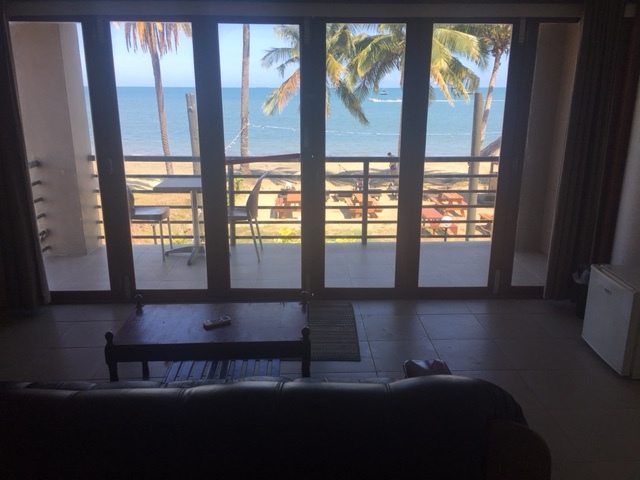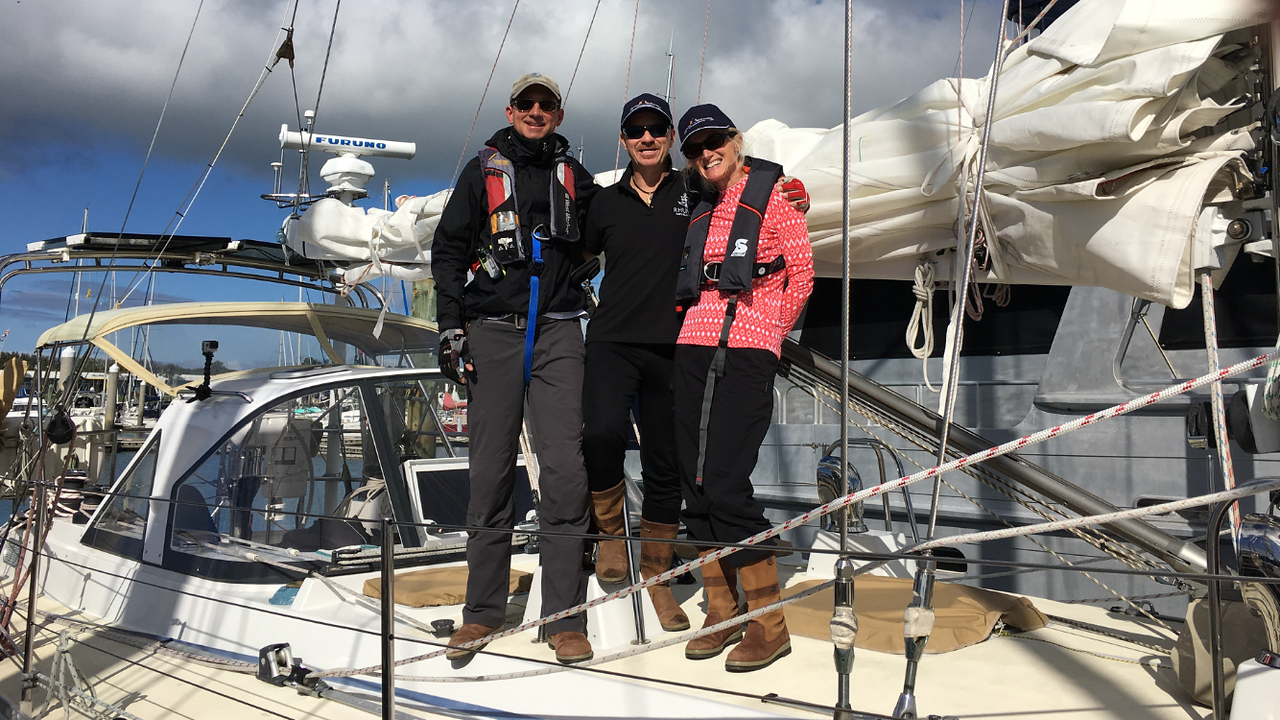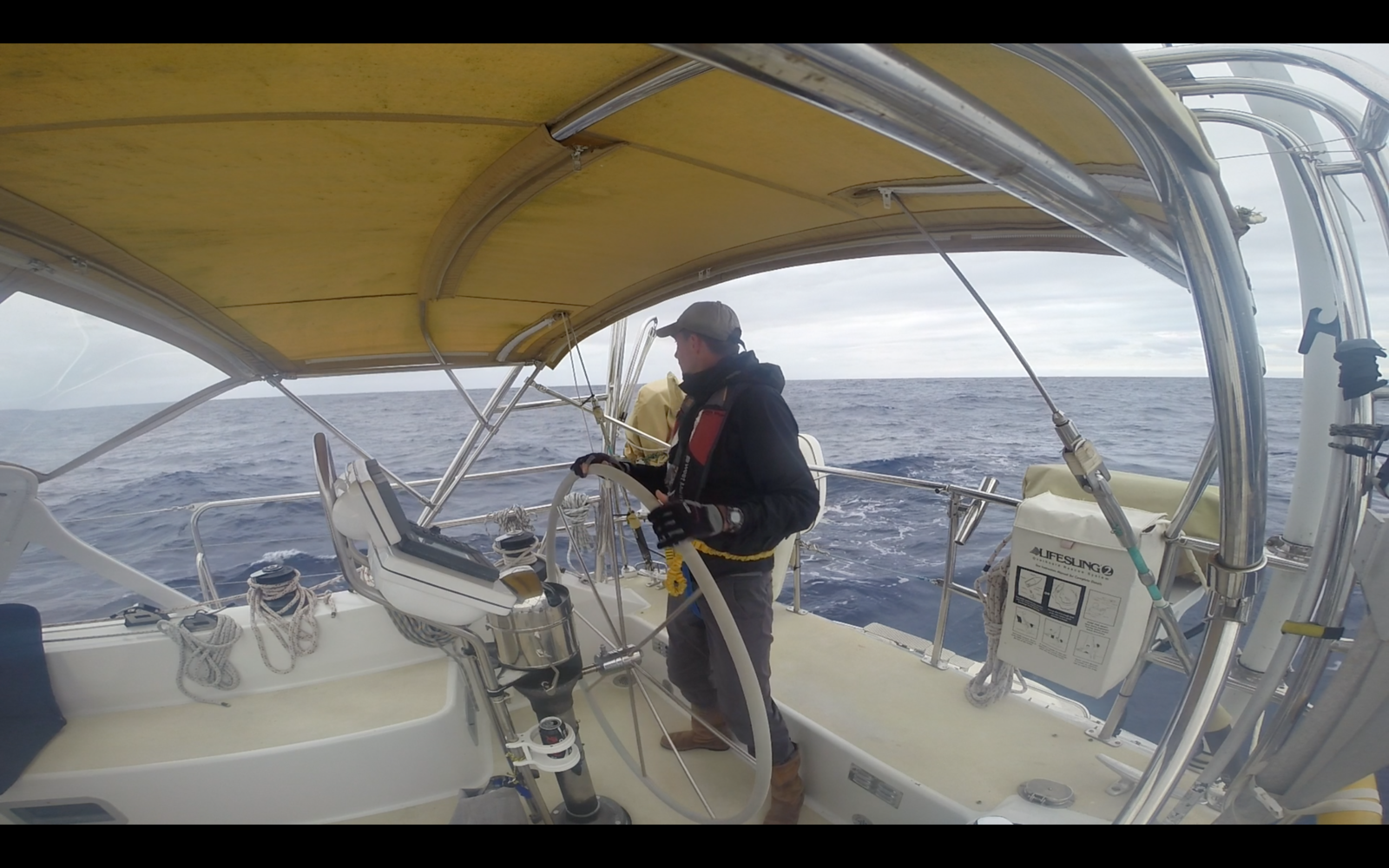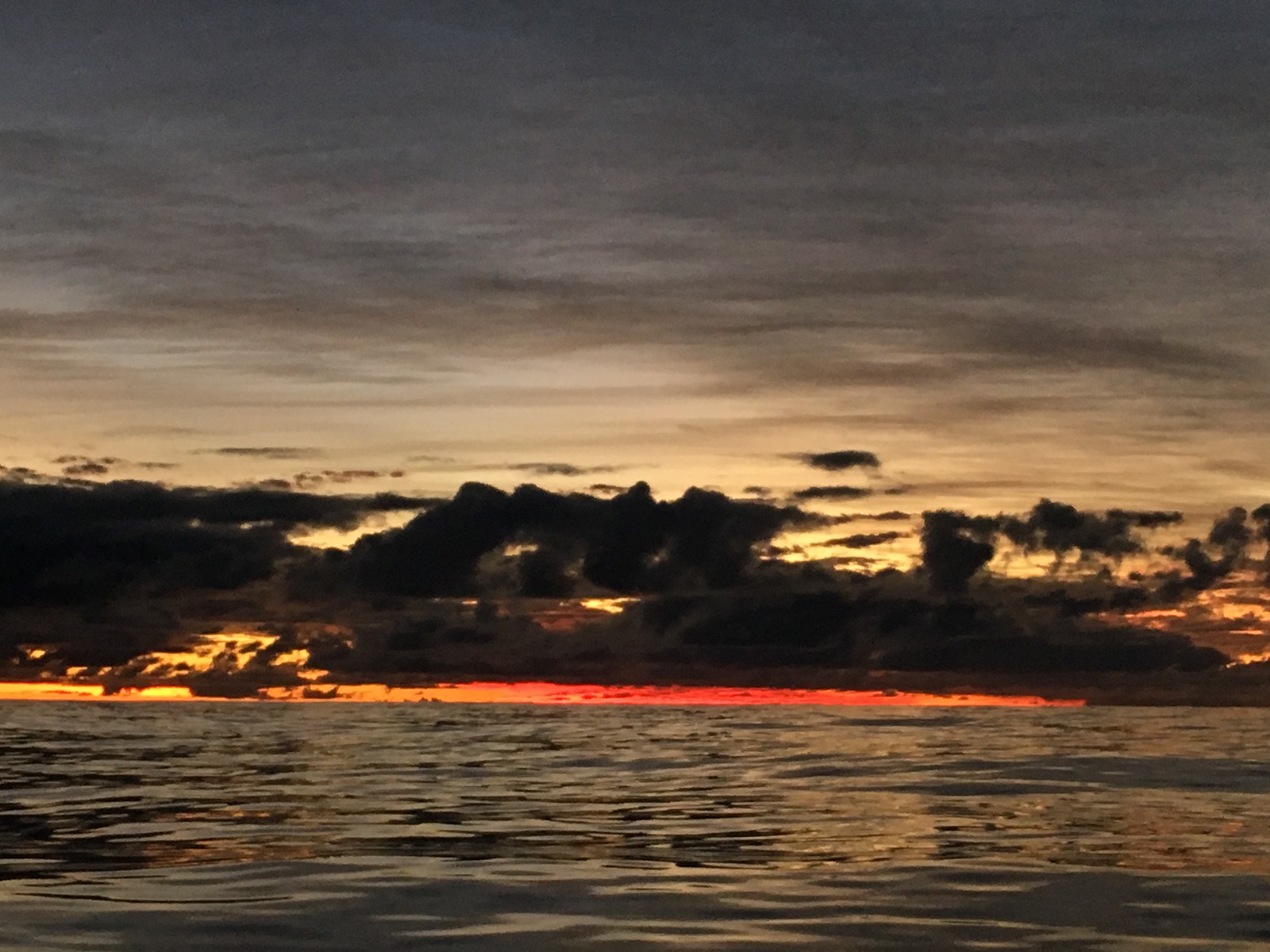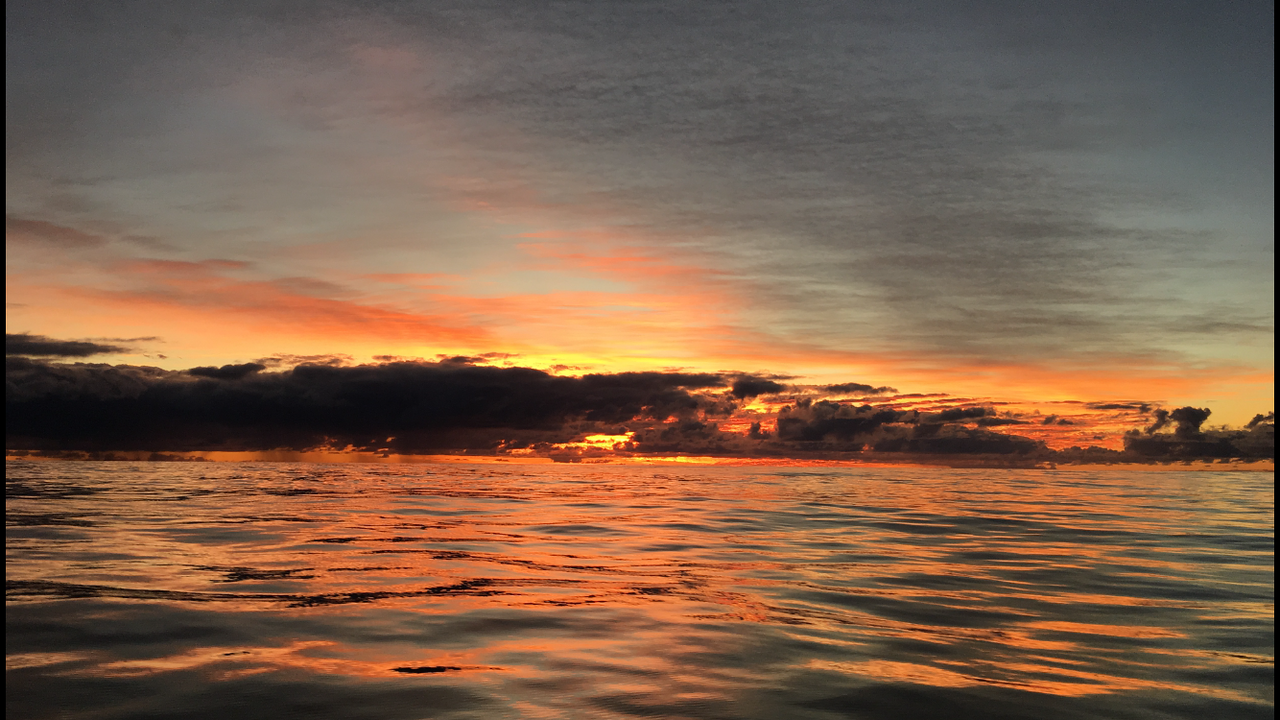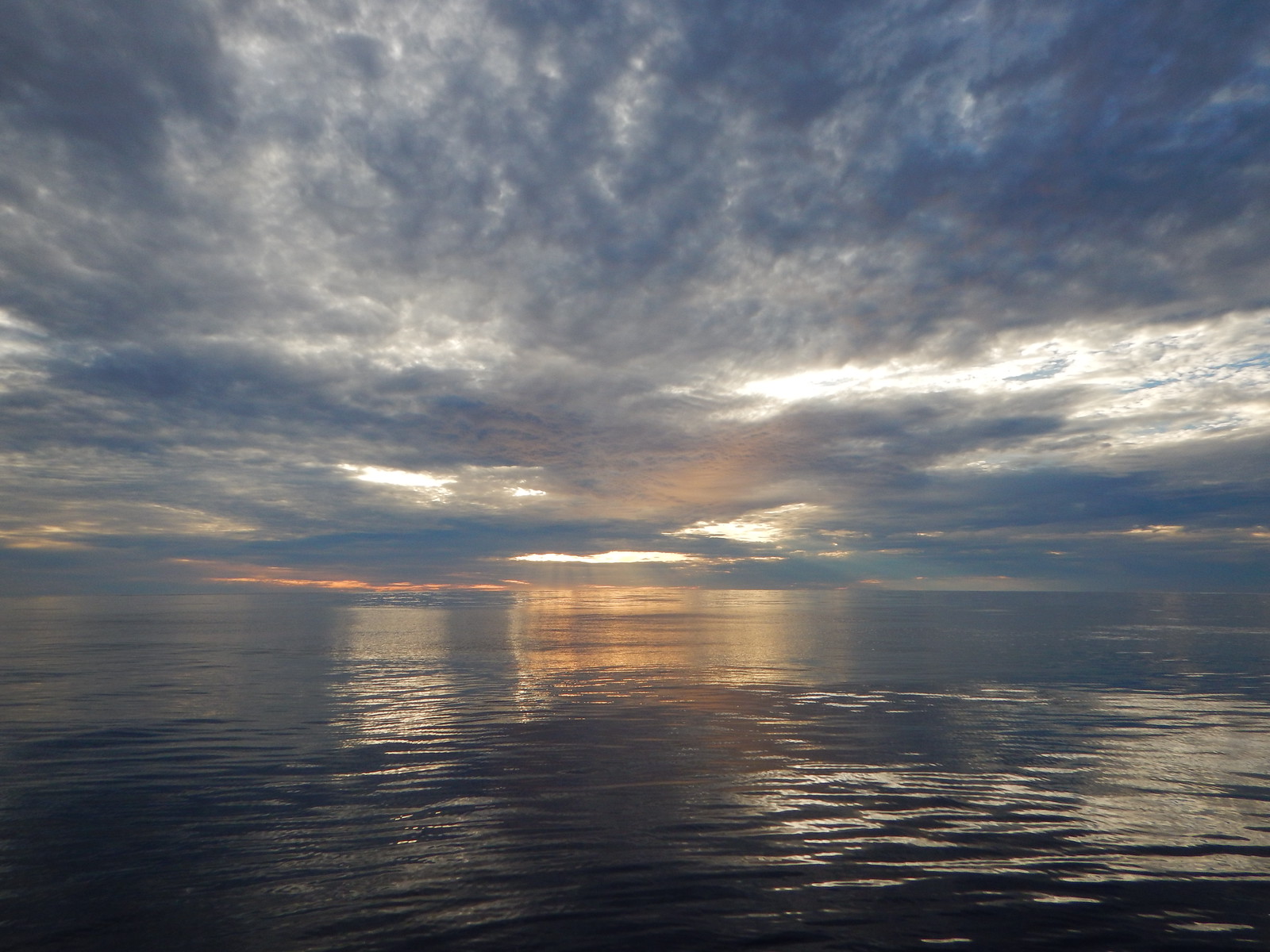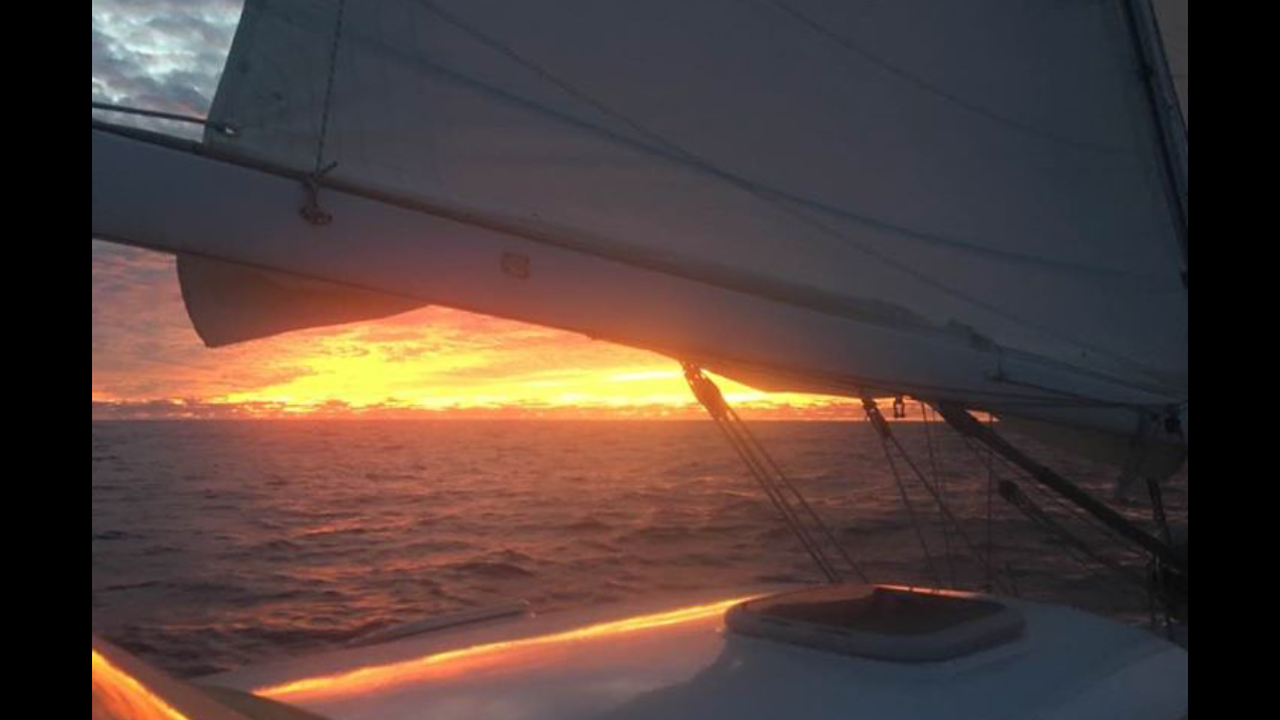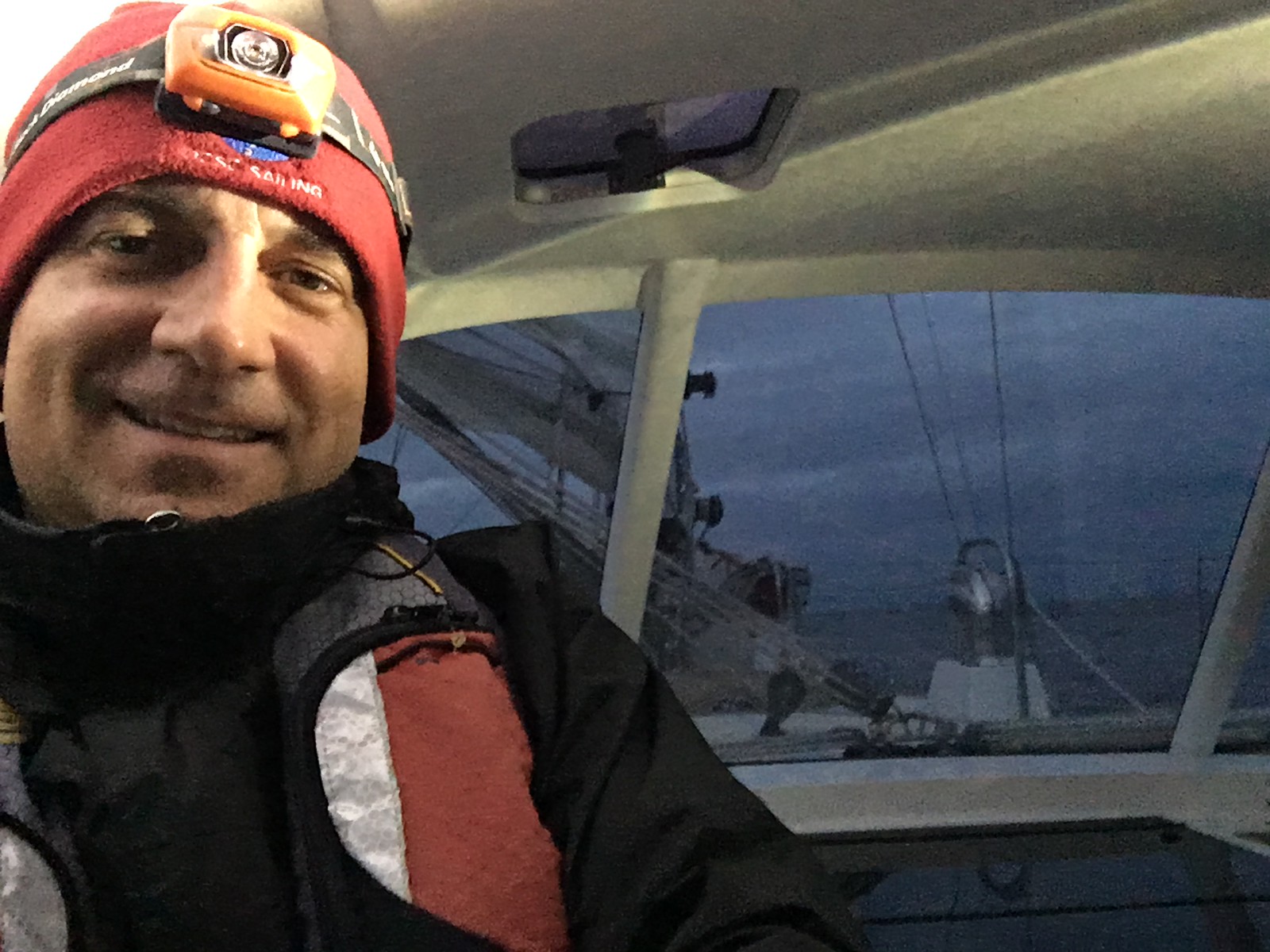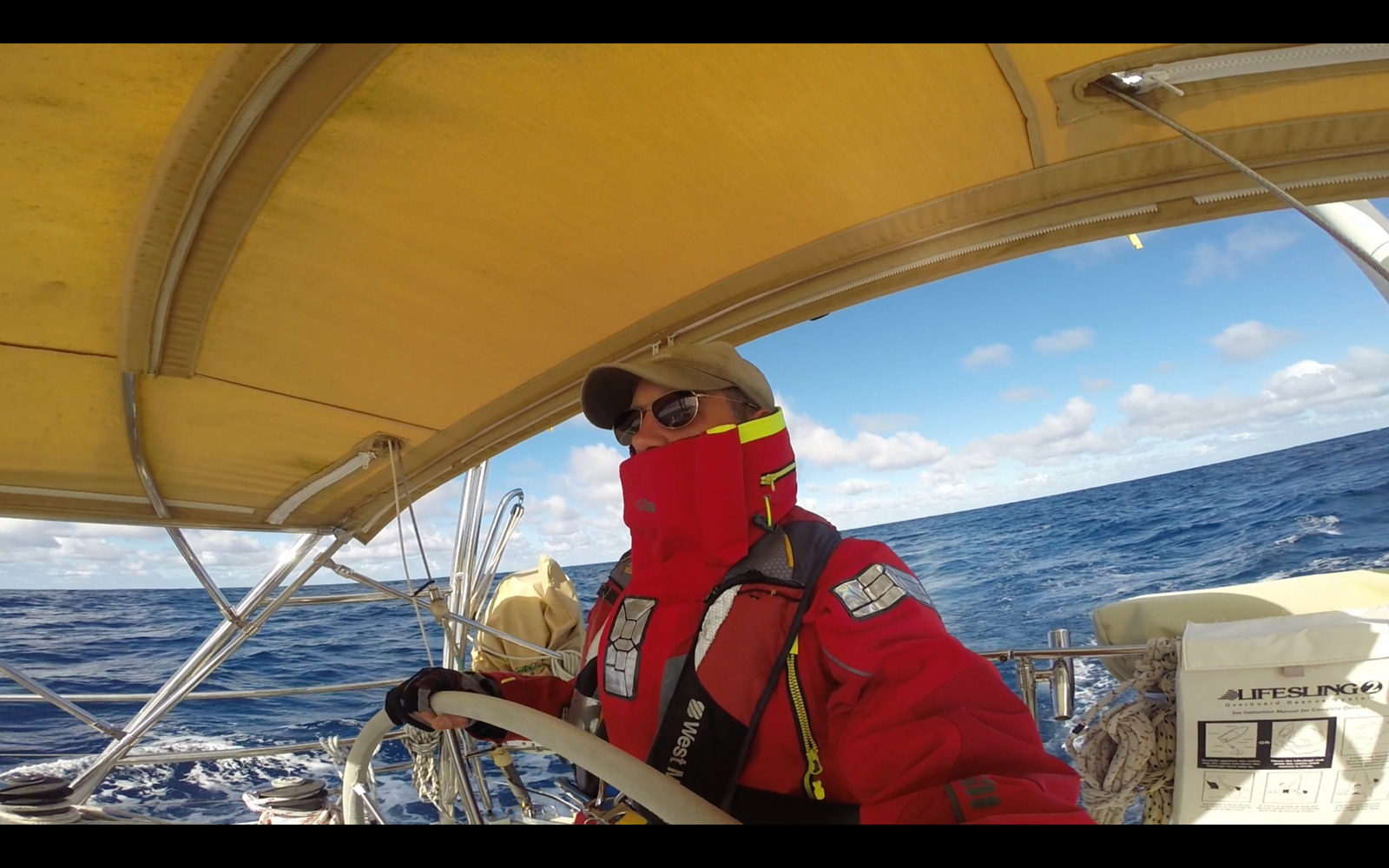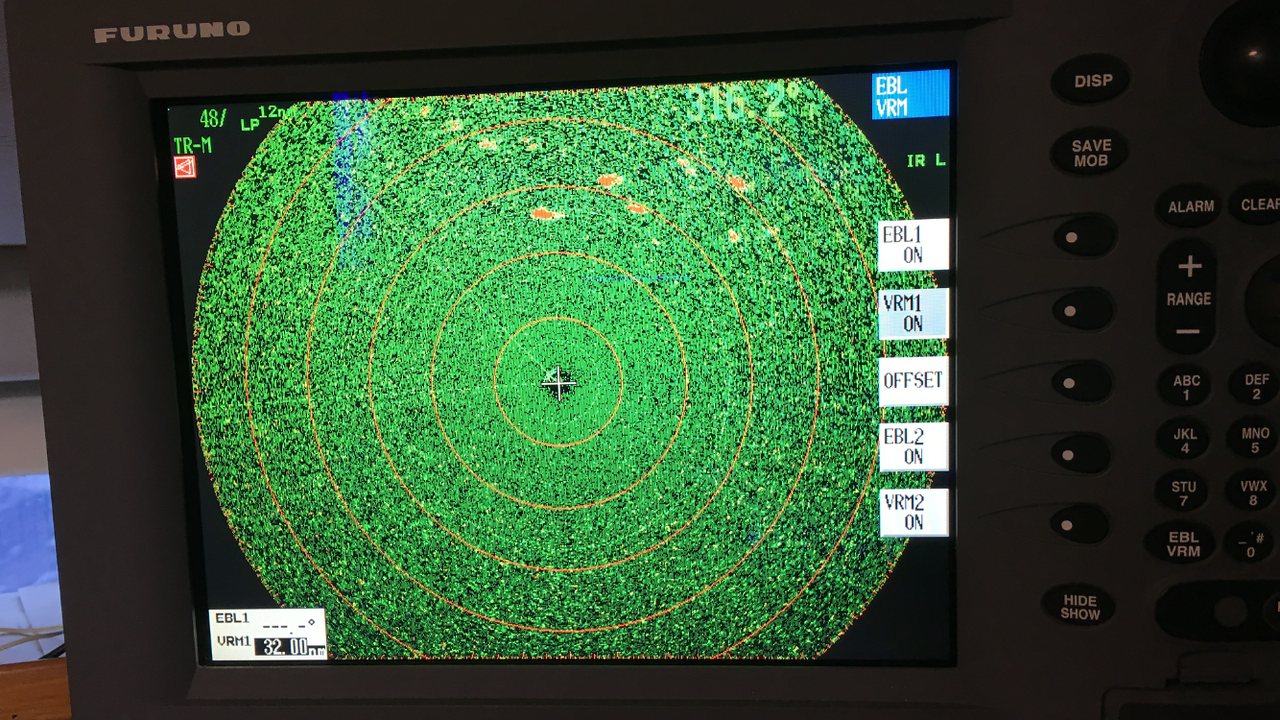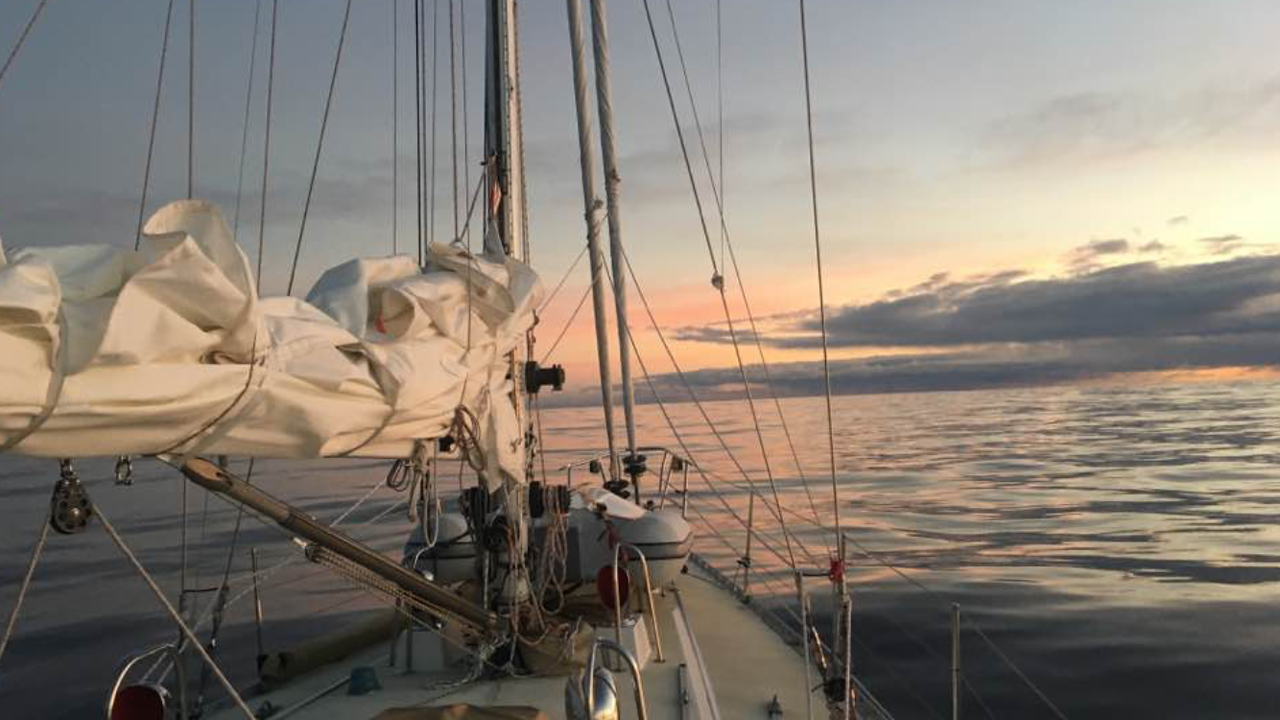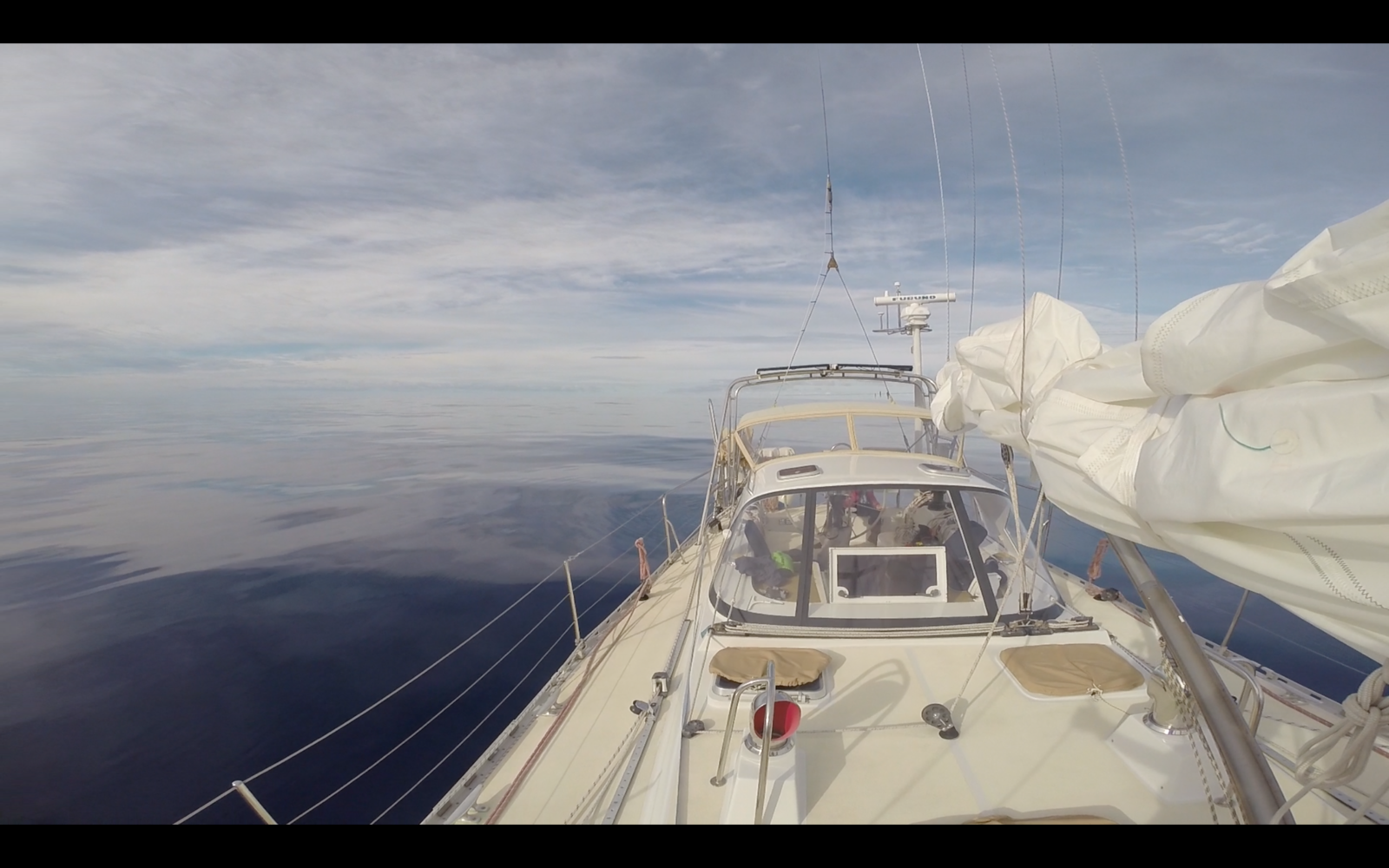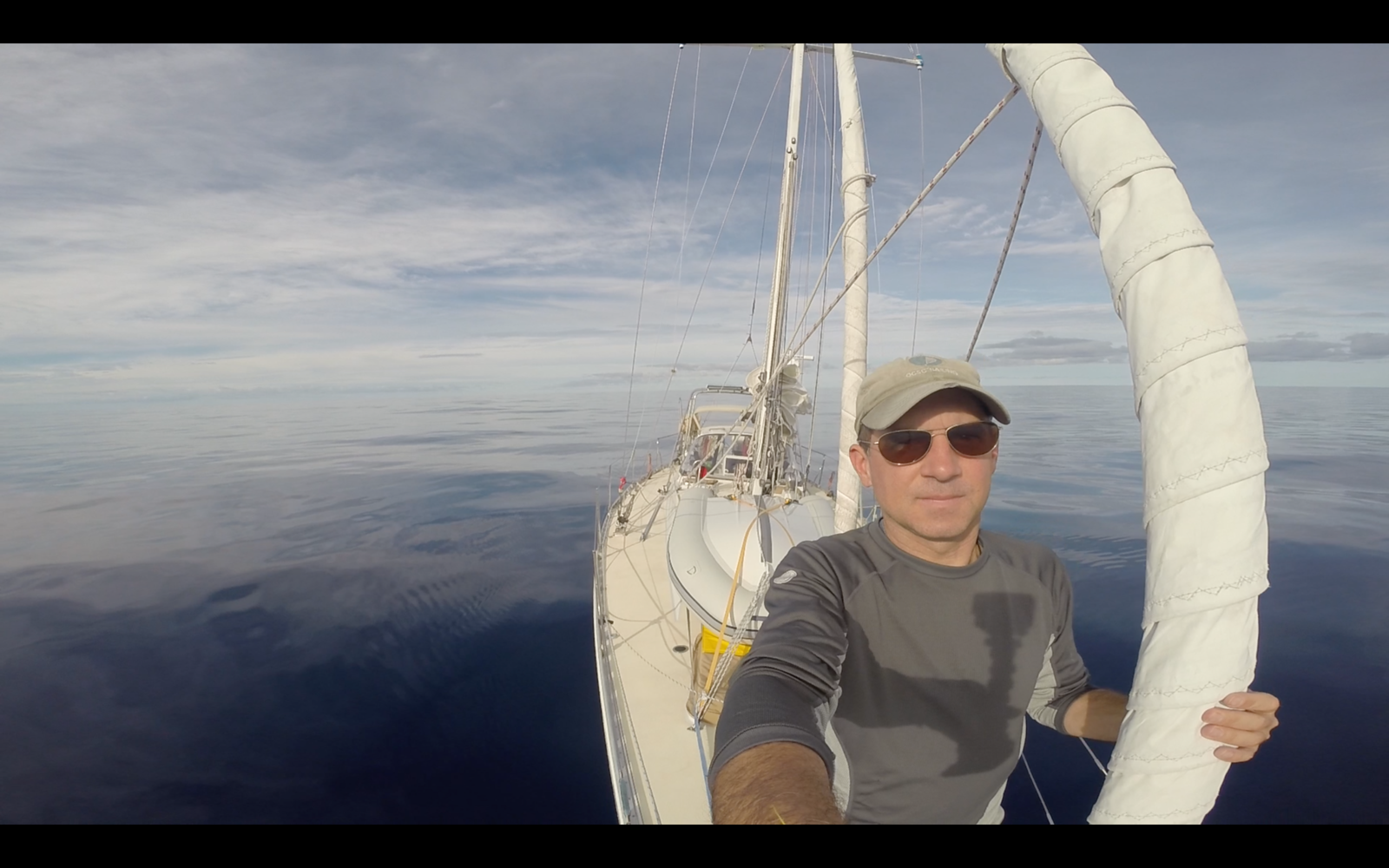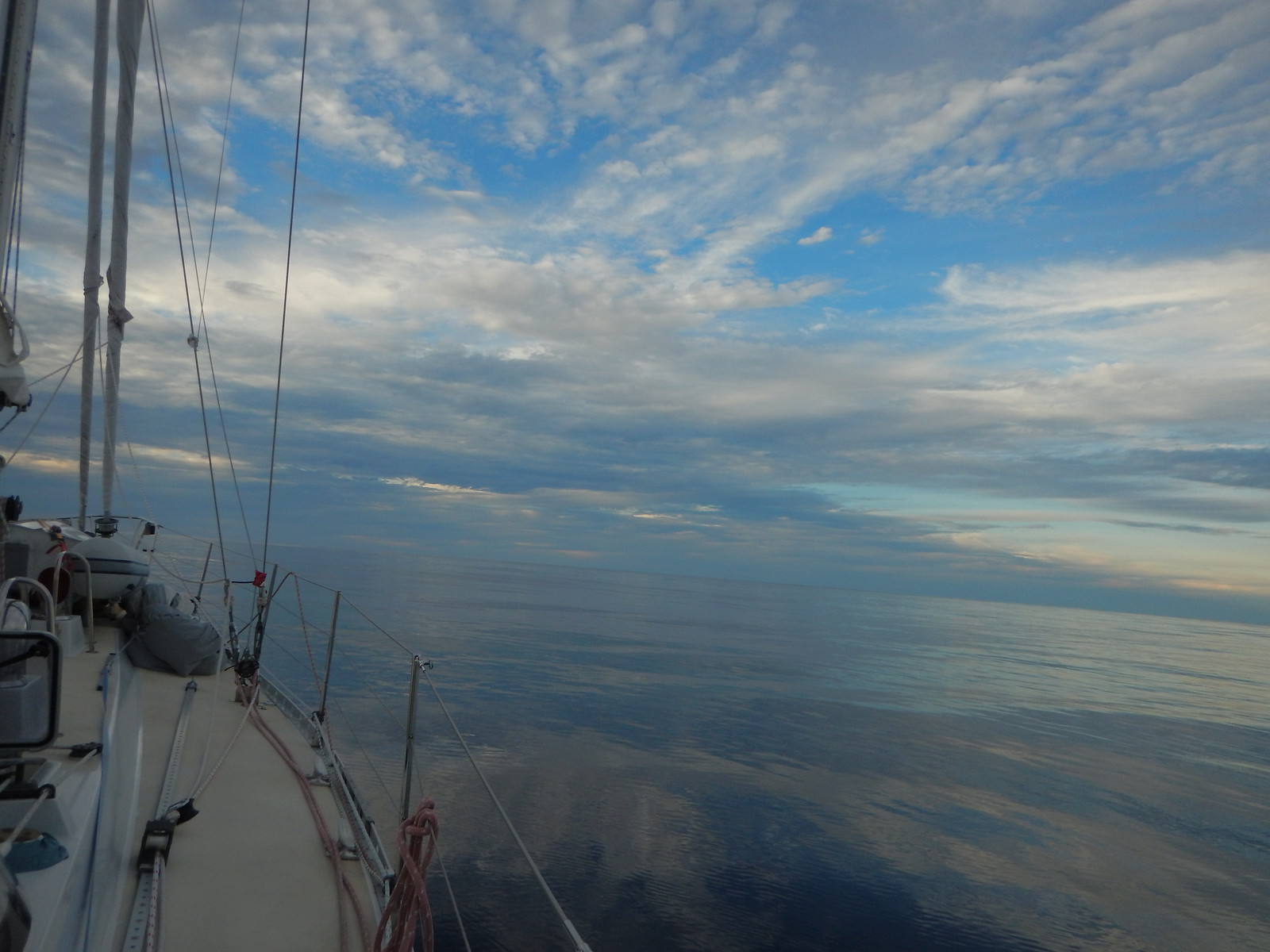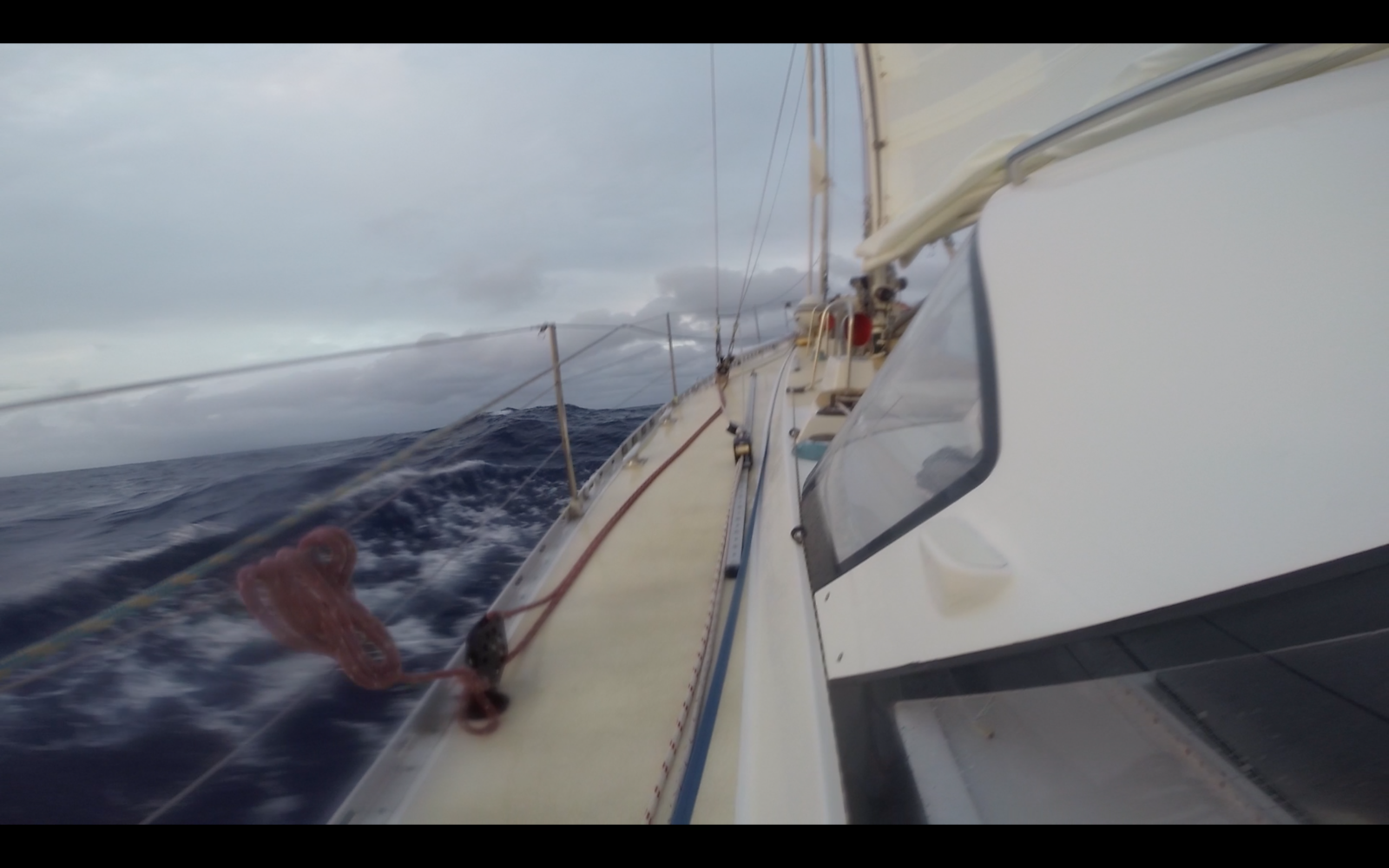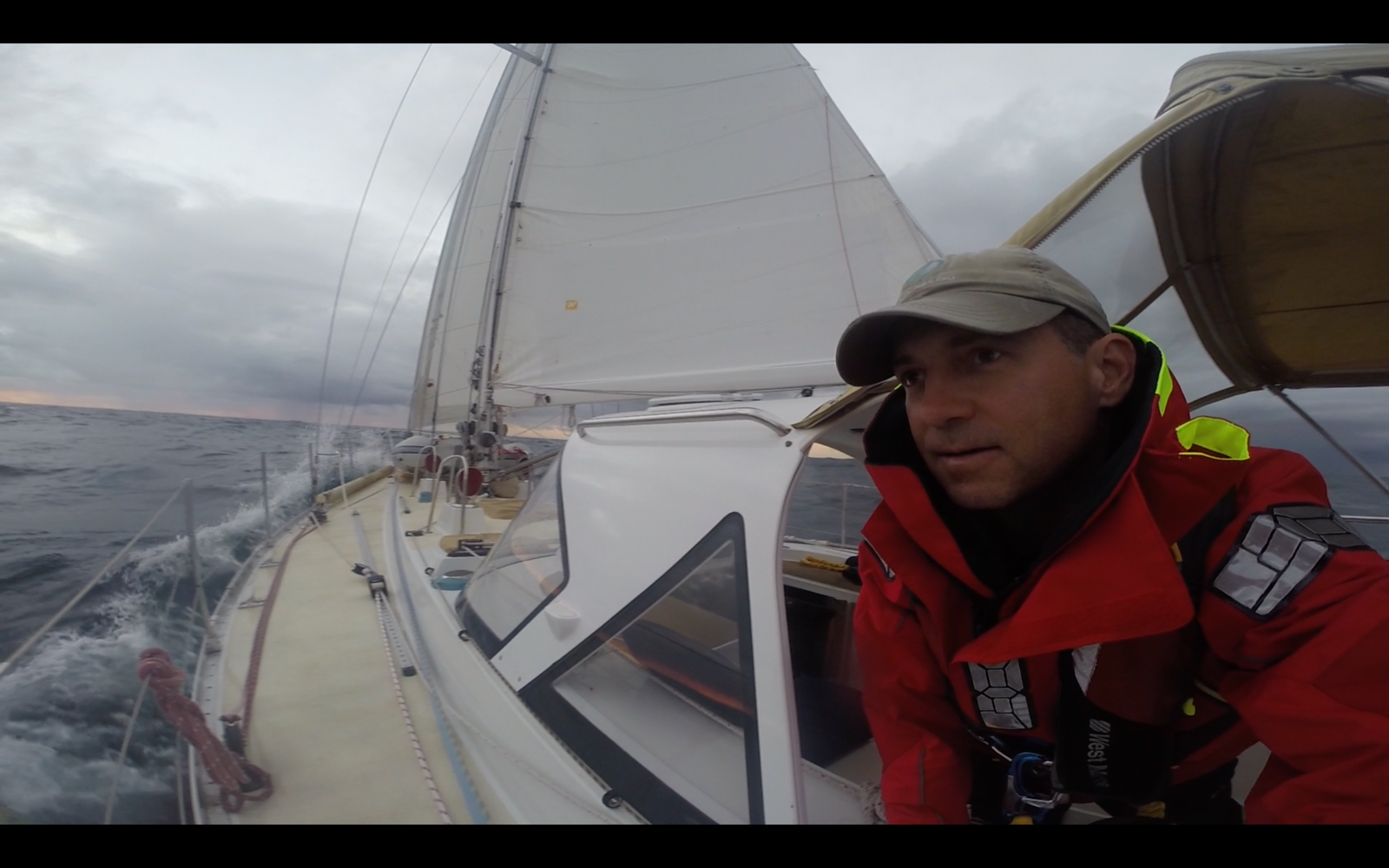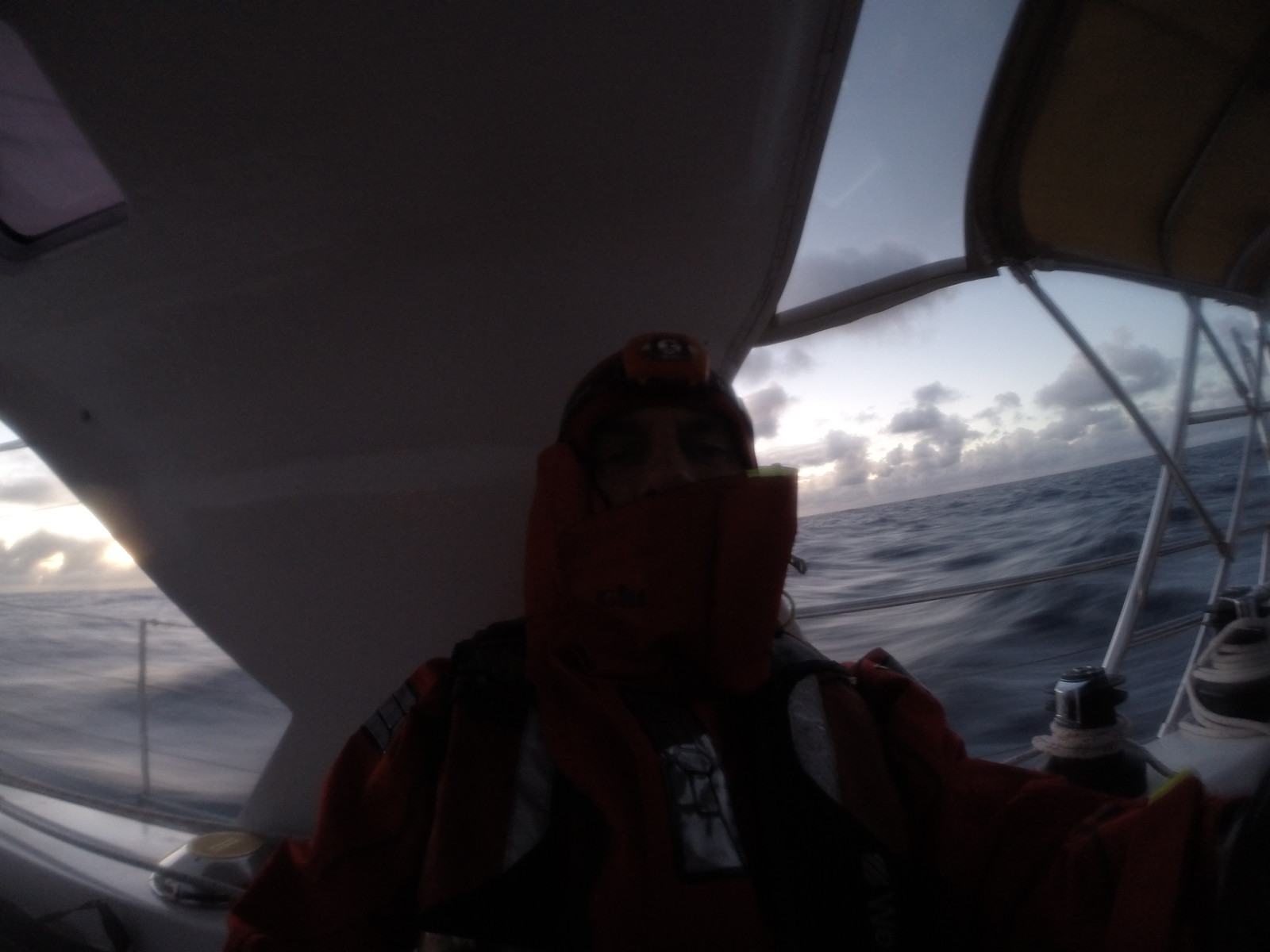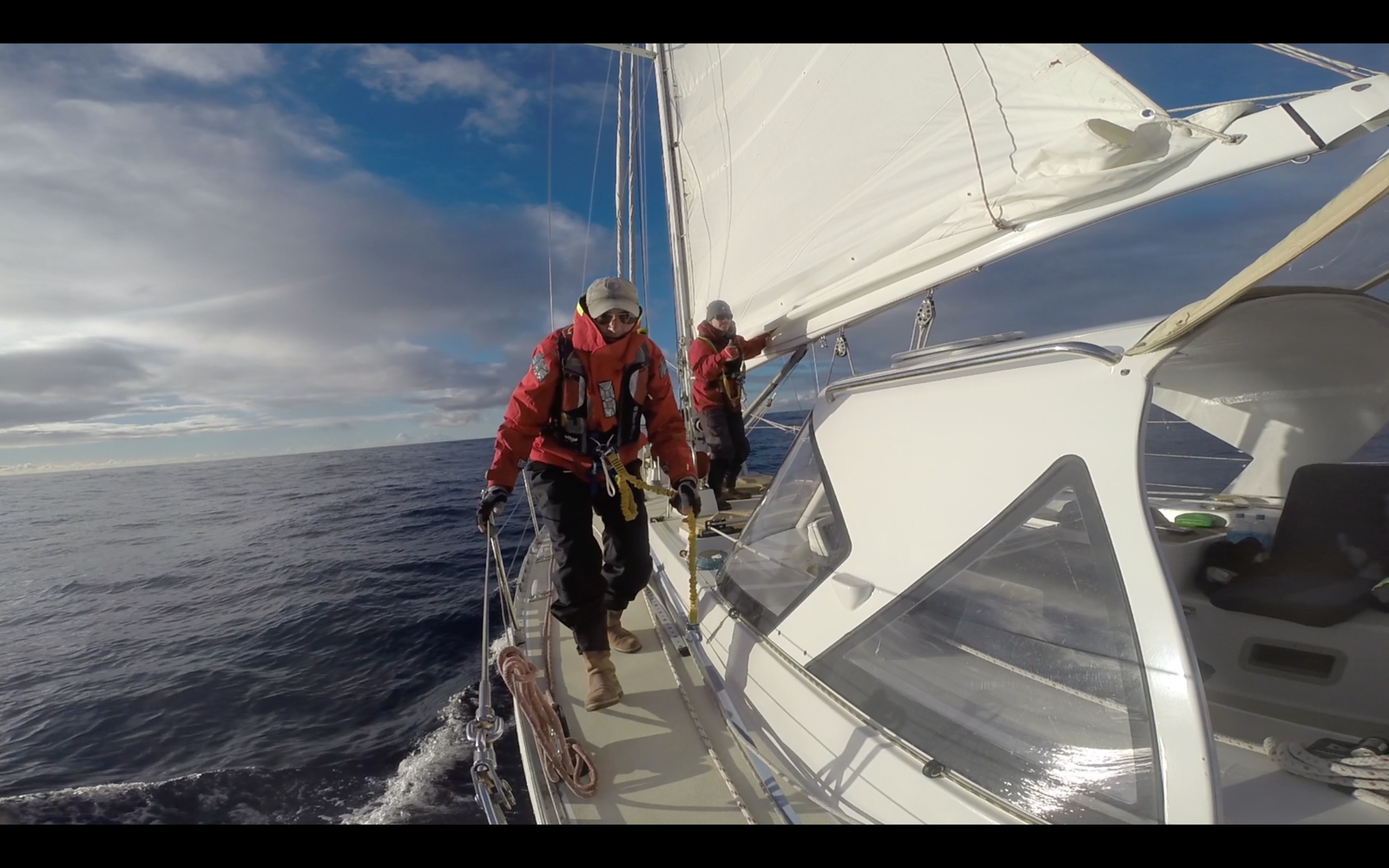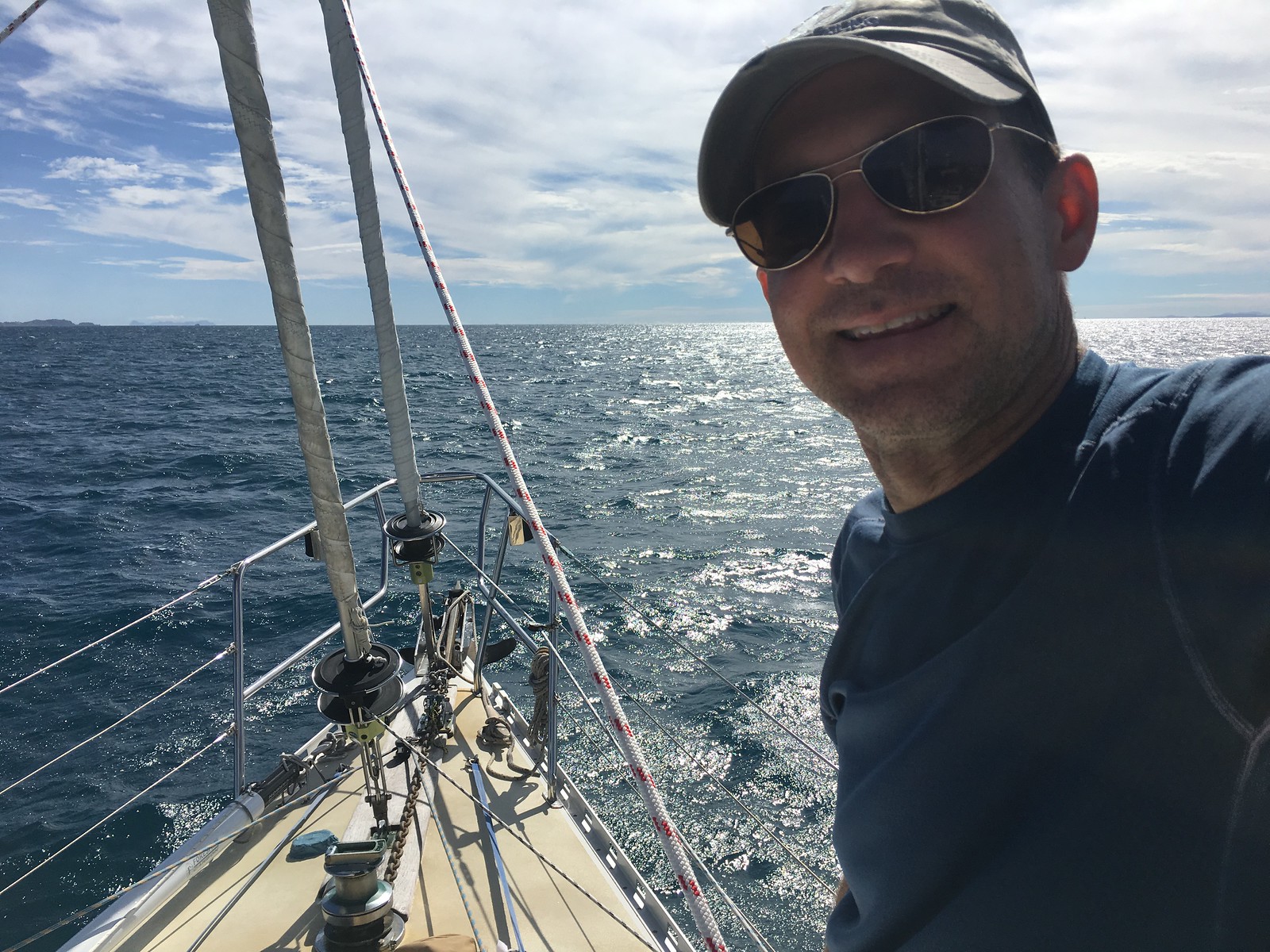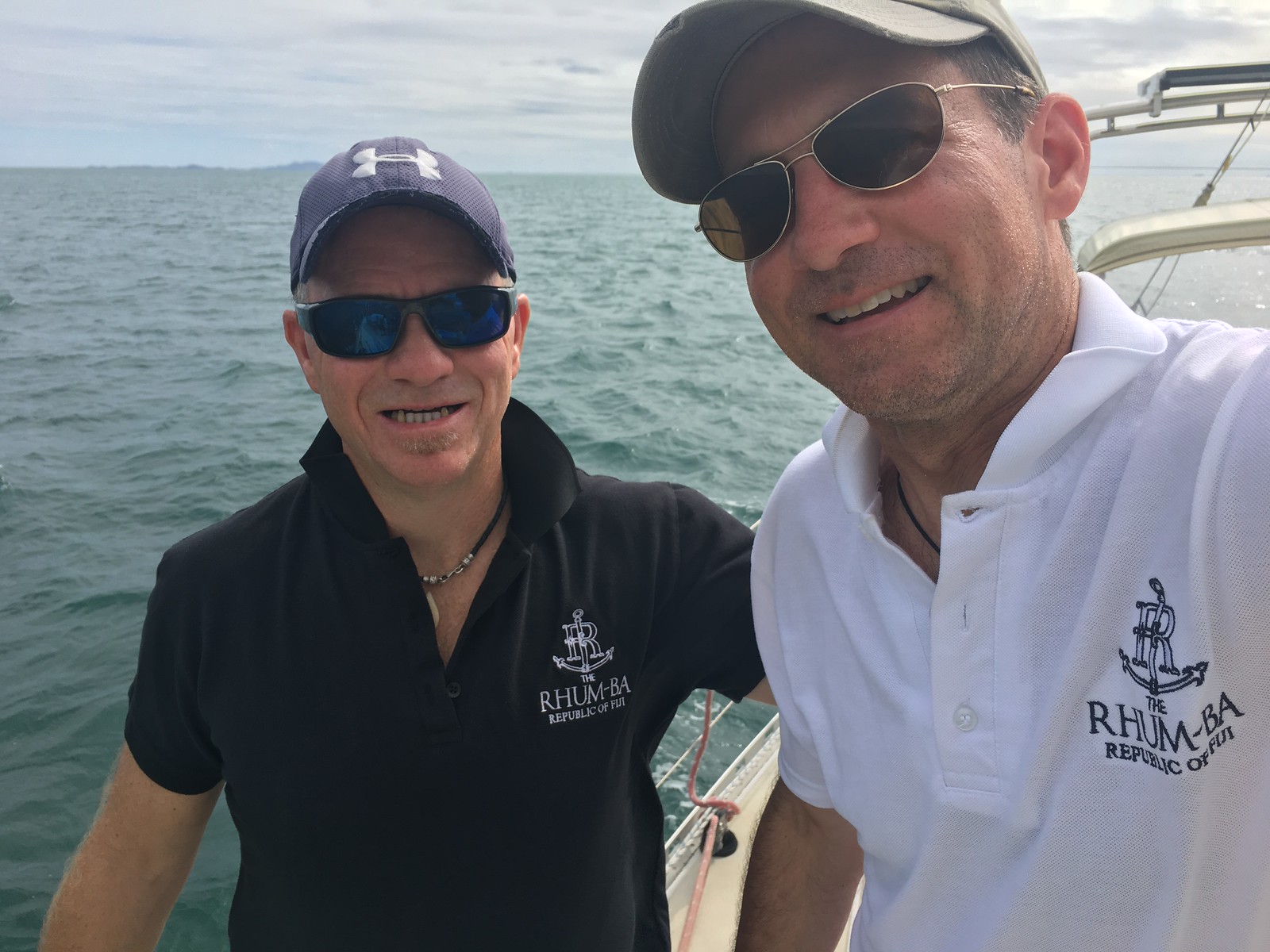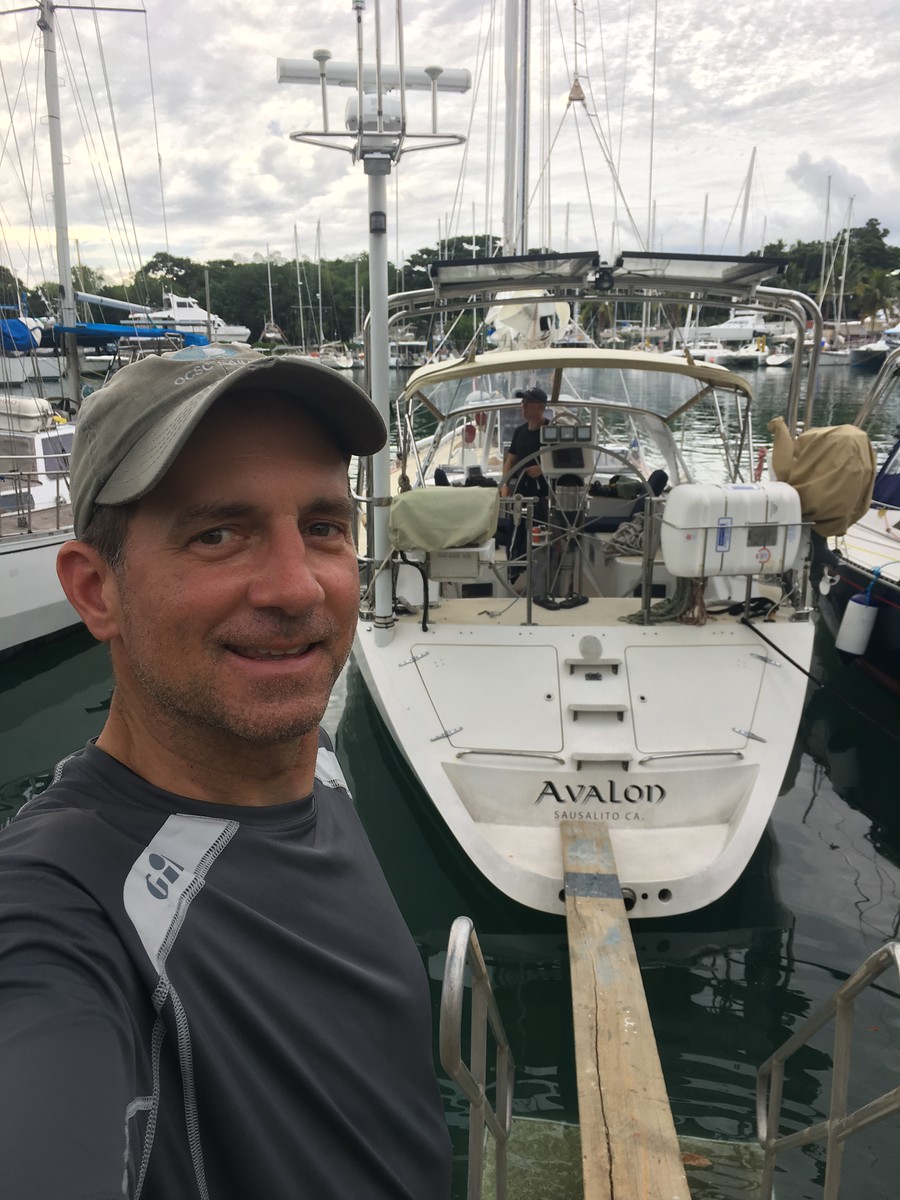The Long (and Short) Haul
/It's old news at this point, but here is a brief account of our sail from Fiji to New Zealand in November.
For the fourth time, I joined as crew of the sailing vessel Avalon for her 1,200-mile passage between New Zealand and Fiji. This brings my total ocean sailing miles to over 5,000!
This most recent trip began in Port Denerau, Fiji on October 21 when I flew in from San Francisco to meet skipper Tom, his wife Di, and new crew member Nicky.
We spent about a week cleaning and organizing, planning and preparing. We took a “shakedown sail” one day to re-familiarize ourselves with the boat operations and to test different systems and procedures, like water-making and reefing.
We watched the weather diligently, and skipper Tom leveraged many resources to pick a safe weather window for our departure. Sailing across the ocean is not to be taken lightly, especially in this part of the South Pacific Ocean where low pressure systems spin out of the Tasman Sea on a near-regular basis, bringing with them potential for high winds and turbulent seas.
During our downtime, we enjoyed dockside lunches at Rhum-ba and sunset beers at Traveller’s beach resort. I stayed at budget hotels most of the week, but the last two nights before departure I splurged and stayed at the Westin.
With a favorable weather window materializing, we checked out of Fiji on Saturday, October 28. The wind was coming out of the east, and was forecasted to back around to the north, northwest, and eventually southwest over the next week or so. This rotation worked pretty well for our journey south, although the wind speed was a bit higher than we would have liked (20-25 knots instead of 15-20 knots). The sea state, too, was likely to be a bit bigger than ideal. But, the conditions were satisfactory and the skipper made the call: We cast off the dock lines and set sail!
Per Avalon tradition, we departed to the tune of a carefully selected departure soundtrack, which included a number of relevant and/or motivational tracks (e.g., “Should I Stay or Should I Go,” "Help," etc.), and always ending with “Avalon” by Roxy Music.
As we motored out of Port Denerau, a big squall formed behind us but we were able to outrun it even as we slowed down a bit to hoist the sails. We hoped this was a good omen for things to come.
Based on multiple weather resources we used for routing, we chose a course slightly south southwest, to stay clear of some heavy weather that was directly south of Fiji. This gentle curve worked out pretty well to avoid the bad stuff. We had a fresh to strong breeze on our beam, which enabled us to keep our speed up as we sliced through the 2-3 meter swells (also on our beam).
As expected, we nervously skirted around – and sometimes through – the occasional squall in the early or later evenings. The squalls are tricky, with strong and shifty winds, and frequently thick rain. For the most part, we lucked out.
On the bright side, literally, we enjoyed several nights of great moonlight, as our passage happened to include the full moon phase. On some nights, the moon set well before sunrise, so we also enjoyed a couple of crystal clear, starry nights.
The first 5 or 6 days of the passage were pretty intense. Wind, swells, squalls. We sailed a lot. We only turned on the auxiliary engine to charge batteries. I don’t think we used the main engine at all (other than our initial departure from the marina).
We kept our meals simple, sticking to pre-made sandwiches and pre-cooked / frozen meat pies and lasagna. To fend off seasickness, we constantly drank water and nibbled on snacks.
We doubled up on watches – two people at a time – given the relatively intense conditions. Even if we used auto-pilot, we had two people up at night. One person to watch auto-pilot, and a second person to watch the first person. Typically the watches were 3 hours on, 3 hours off, but we varied this a bit depending on the conditions and time of day (night vs. day).
Finally, “Land ho!” Toward the end of the passage, day 7 and day 8, the wind died down and we turned on the main engine to propel us down the New Zealand coast. We had been under weather advisory to arrive before the 6th or 7th of November due to another front moving in from the Tasman Sea that would hit New Zealand hard with wind and rain.
Skipper Tom timed our arrival perfectly – the evening of November 5 – after encountering oru welcome committee of a pod of dolphins surfing our bow wake. At 11:00pm, we pulled into Marsden Cove in calm seas, light wind, and nearly full moon. We slowly navigated the channel heading up-river to the marina, using the lighted channel markers as our guide. We pulled alongside the quarantine dock, secured the boat, and opened up potato chips and cold beers!
We made it!
(The locked metal gate on the quarantine dock prevented us from going ashore and using the marina facilities. It was midnight anyway, and we were exhausted. We weren't able to go ashore until the next morning, once the customs/immigration officials came on board to check us into the country.)
We spent about a week at Marsden Cove Marina, cleaning the boat and making notes of things to repair. We also spent a lot of time eating and resting. We enjoyed the gracious company of our go-to Airbnb hosts Mike and Jennifer, and their dog Milly.
After a week, we departed again and set sail for Auckland, about 100 miles south. We took our time getting there, anchoring at Kawau Island and Rangitoto Island for some day hikes and overnights. It was a fantastic experience to do some real "cruising" which is fun and relaxing. The long-haul passages across the ocean are much more serious business, almost more like work. So it was great to take a few days and just cruise around and enjoy the beautiful islands of New Zealand.
Once in Auckland, I packed my bags and moved off the boat into a hotel. After a great crew dinner, and a day to recover, I headed home to San Francisco grateful for all of my amazing experiences aboard Avalon.
Arrived in Marsden Cove Marina! (Well, we arrived in the middle of the night.)
Catching up on sleep in the quiet Marsden Cove Marina.
Our welcoming committee!
Enjoying the final stretch - motoring down the coast of New Zealand in light conditions.











